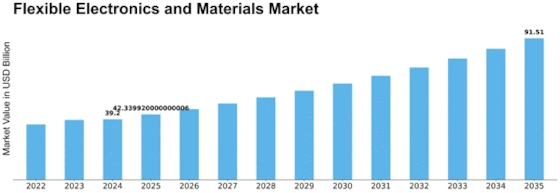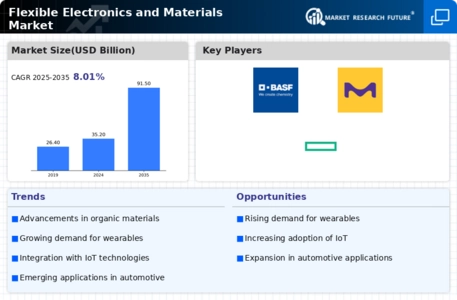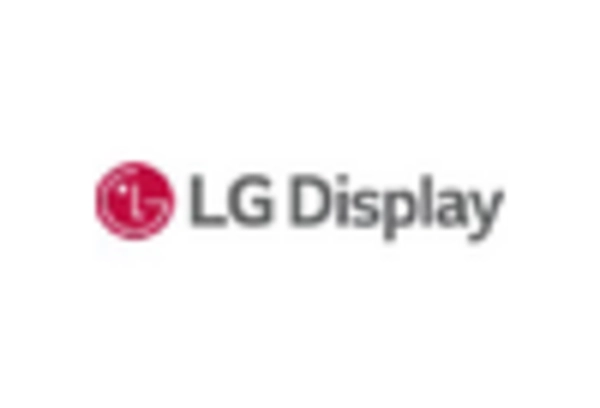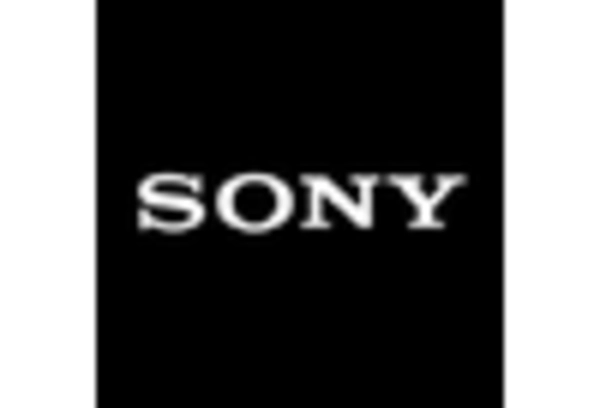Flexible Electronics Materials Size
Flexible Electronics Materials Market Growth Projections and Opportunities
The market for flexible electronics and materials is influenced by many things. These factors change how it works or grows over time. A key aspect is the never-ending search for new materials and methods in making things. Frequent improvements in materials like natural polymers and thin films have created new chances for making bendable electronics. This thing makes it happen for the growth of bendable and stretchy devices. It starts a lot of uses in areas like everyday gadgets to health care stuff too! Markets are guided a lot by what people want to buy. More and more, they like small easy-to-carry gadgets that look nice. This need has caused the use of bendy electronics in things like foldable phones, wearables and flexible screens. It shows a change from people wanting more adjustable tech that's easy to handle too. As people's likes change, makers need to follow them and make new things. This makes the flexible electronics and materials industry even more inventive. Another big thing affecting the market is how rules and regulations are set. As countries and rule-making groups pay more attention to keeping the environment okay and making sure products are safe, businesses have to follow very tough guidelines. This focus on being green has increased the use of environmentally friendly things and ways to make stuff in the flexible electronics market. Firms are changing their methods to match these rules. This makes them think more about the environment when making things and manufacturing products. The flexible electronics and materials business is also greatly affected by international economic situations and market patterns. Things like inflation, changes in currency value and general market balance can affect choices about investing. They also impact the cost of making things to sell or how much people have left after they buy stuff from stores. New market trends, like the growth of smart devices and demand for internet connected things (IoT), are changing where flexible electronics is aiming. This makes companies adjust their plans to fit these new patterns as they come along. One important thing that affects how markets work is when technology comes together. When we combine bendable electronics with upcoming technologies like smart computer programs, mixed reality and fast 5G connections it creates new chances. This coming together makes flexible electronic devices work better. They become important parts in many industries, like cars and health care.









Leave a Comment